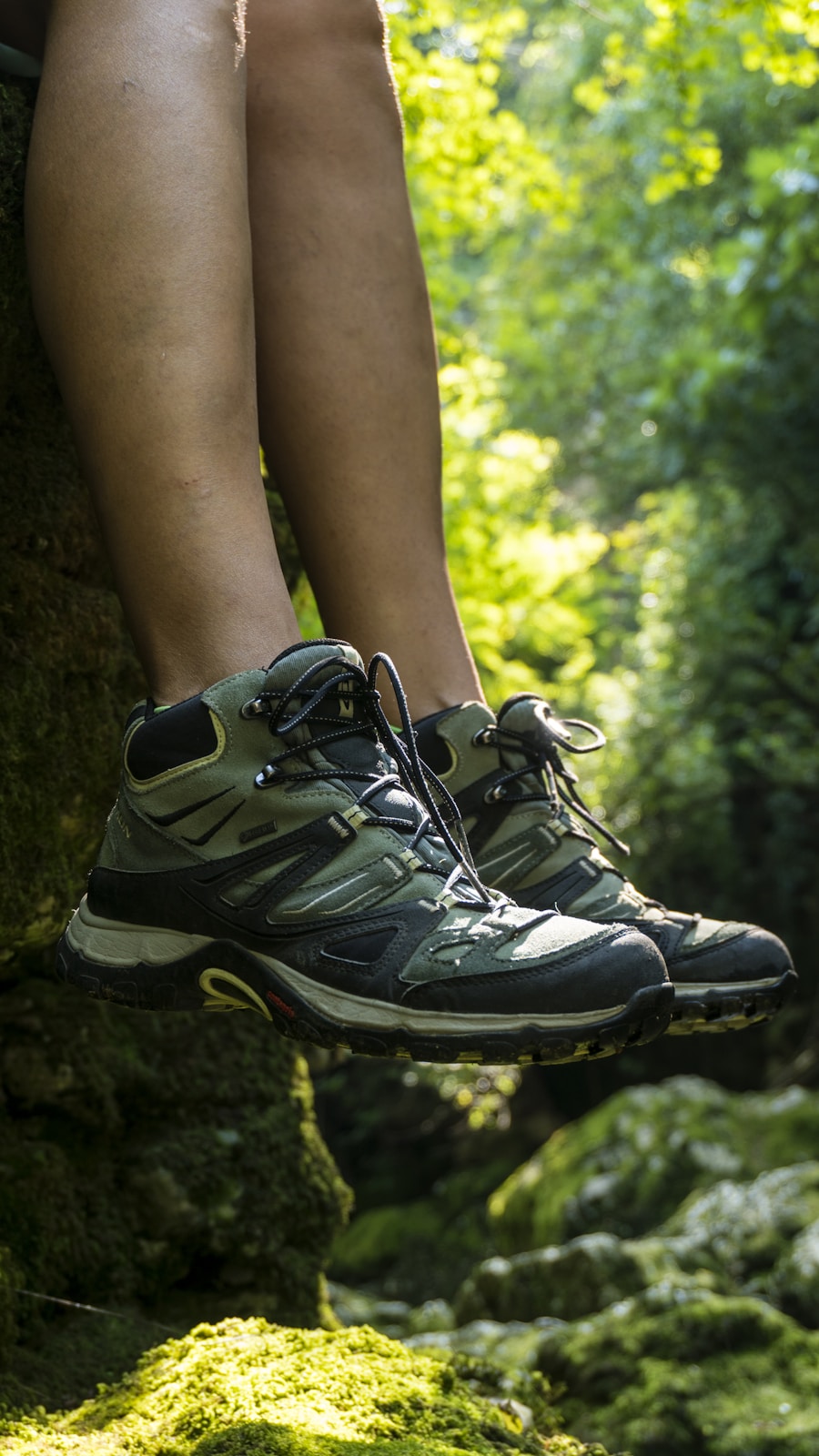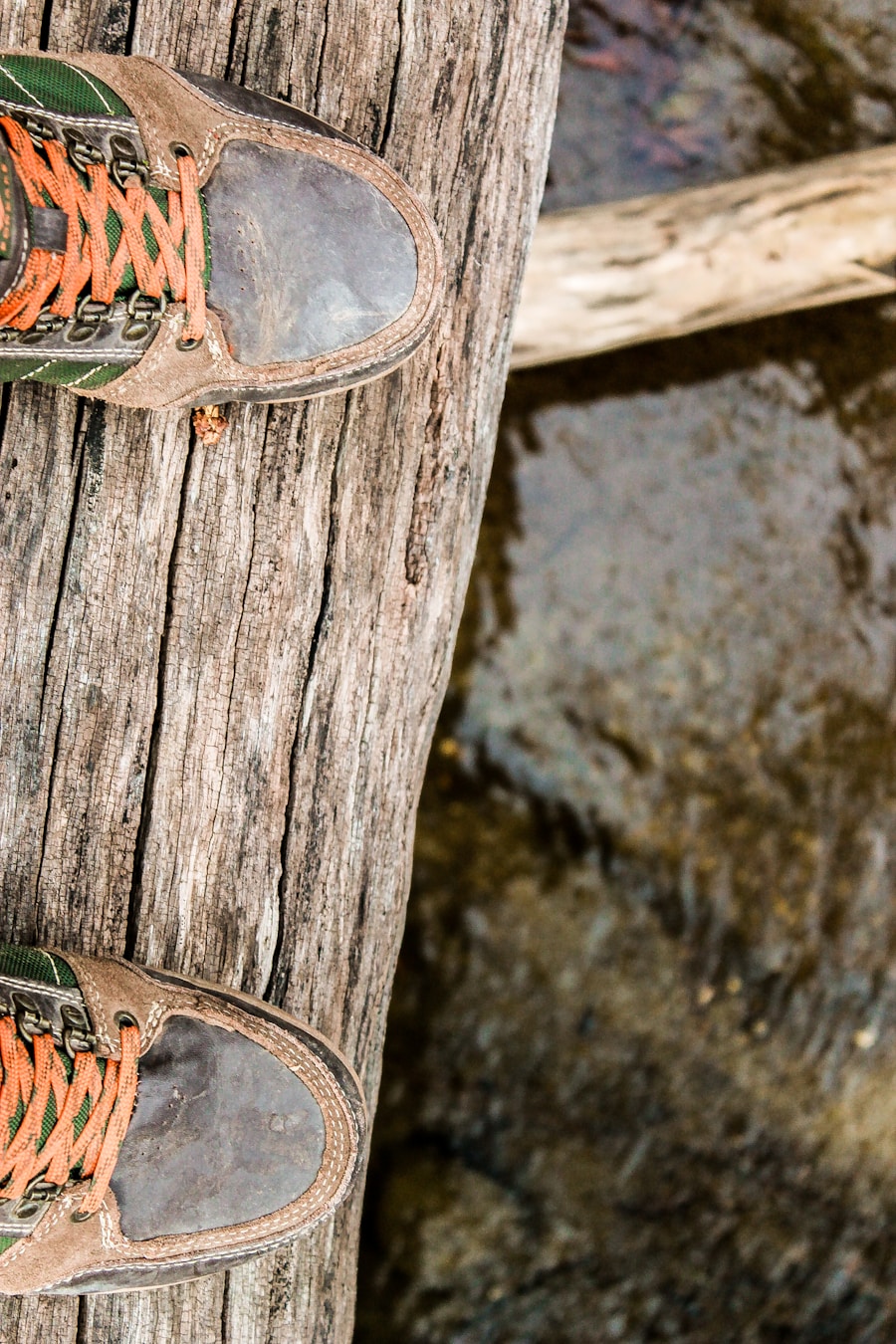When embarking on a hiking adventure, the first step is to assess your specific needs. Different types of hikes require different gear, and understanding your hiking style is crucial in selecting the right footwear. For instance, if you are planning a leisurely day hike on well-maintained trails, you might prioritize comfort and breathability over rugged durability.
Conversely, if your journey involves challenging terrains, steep ascents, or multi-day backpacking trips, you will need footwear that can withstand harsh conditions while providing ample support and protection. Additionally, consider the climate and environment where you will be hiking. If you are trekking through rocky mountain paths or muddy forest trails, your footwear should be equipped to handle such conditions.
The type of terrain can significantly influence the type of shoes or boots you choose. For example, lightweight trail runners may suffice for dry, flat paths, but for rocky or uneven surfaces, a sturdy pair of hiking boots with reinforced toe caps and robust soles would be more appropriate. Understanding these nuances will help you make an informed decision that aligns with your hiking goals.
Key Takeaways
- Consider the type of hiking you will be doing and the terrain you will encounter when understanding your hiking needs
- Look for durable and high-quality materials such as leather or synthetic fabrics for long-lasting hiking boots
- Comfort and fit are crucial for preventing blisters and discomfort on long hikes, so prioritize trying on different styles and sizes
- Traction and grip are essential for stability on various surfaces, so look for boots with deep lugs and a good tread pattern
- Waterproofing and breathability are important for keeping your feet dry and comfortable in different weather conditions
Durability and Quality of Materials
The durability of hiking footwear is paramount, as it directly impacts the longevity and performance of the shoes or boots. High-quality materials such as leather, synthetic fabrics, and rubber are often used in the construction of hiking footwear to ensure they can withstand the rigors of outdoor activities. Leather, for instance, is known for its robustness and ability to resist abrasions, making it an excellent choice for rugged terrains.
However, it is essential to note that while leather offers durability, it may require more maintenance compared to synthetic options. Synthetic materials like nylon and polyester are often lighter and more breathable than leather, making them suitable for warmer climates or less demanding hikes. These materials can also be treated with waterproof coatings to enhance their performance in wet conditions.
When evaluating the quality of materials, look for features such as reinforced stitching and high-quality rubber outsoles that provide traction and grip. A well-constructed shoe not only lasts longer but also performs better in various conditions, ensuring that your investment pays off in the long run.
Comfort and Fit

Comfort is arguably one of the most critical factors when selecting hiking footwear. A comfortable fit can make the difference between an enjoyable hike and a painful ordeal. It is essential to try on shoes at the end of the day when your feet are slightly swollen to ensure a proper fit.
Look for shoes that provide enough room in the toe box to allow for natural movement without cramping your toes. Additionally, consider the width of the shoe; some brands offer wide options for those with broader feet. In addition to fit, cushioning plays a significant role in comfort. Shoes with adequate padding around the collar and tongue can prevent chafing and blisters during long hikes.
The midsole material also contributes to comfort; EVA foam is commonly used for its lightweight properties and shock-absorbing capabilities. A well-cushioned shoe can help reduce fatigue on long treks, allowing you to enjoy the scenery without being distracted by discomfort.
Traction and Grip
| Car Model | Traction Control System | Grip (in G’s) |
|---|---|---|
| Toyota Camry | Yes | 0.85 |
| Ford Mustang | Yes | 0.95 |
| Audi A4 | Yes | 0.92 |
| BMW 3 Series | Yes | 0.89 |
The importance of traction cannot be overstated when it comes to hiking footwear. The outsoles of hiking shoes are designed with specific tread patterns that enhance grip on various surfaces. For instance, Vibram outsoles are renowned for their superior traction on both wet and dry surfaces, making them a popular choice among hikers.
The depth and design of the lugs on the outsole can significantly affect how well a shoe grips the ground; deeper lugs provide better traction on loose or uneven terrain. When selecting footwear for hiking, consider the type of terrain you will encounter. If your hikes involve slippery rocks or muddy trails, look for shoes with aggressive tread patterns that can channel water away from the sole.
On the other hand, if you plan to hike on hard-packed trails, a shoe with a flatter sole may suffice. Testing the grip of a shoe by walking on different surfaces before purchasing can provide valuable insight into its performance.
Waterproofing and Breathability
Hiking often exposes you to varying weather conditions, making waterproofing an essential feature in hiking footwear. Waterproof membranes like Gore-Tex are commonly used in hiking boots to keep your feet dry while allowing moisture from sweat to escape. This balance between waterproofing and breathability is crucial; if your feet become too hot and sweaty inside waterproof shoes, it can lead to discomfort and blisters.
However, not all hikes require fully waterproof footwear. In dry climates or during summer months, breathability may take precedence over waterproofing. Shoes made with mesh panels can provide excellent ventilation while still offering some level of water resistance.
When choosing between waterproof and breathable options, consider the climate and conditions you expect to encounter during your hikes. A versatile approach might involve having both types of footwear available for different scenarios.
Ankle Support

Ankle support is another critical consideration when selecting hiking footwear, particularly for those who plan to tackle challenging terrains or carry heavy backpacks. Hiking boots that extend above the ankle provide additional support and stability, which can help prevent sprains and injuries on uneven ground. This added support is especially beneficial when navigating rocky paths or steep inclines where ankle twists are more likely.
However, not all hikers require high-top boots; some may prefer low-cut shoes for their lightweight feel and increased agility on well-maintained trails. The choice between high-top and low-cut footwear should be based on personal preference and the specific demands of your hiking activities. If you are prone to ankle injuries or plan to hike in rugged areas, investing in boots with solid ankle support may be wise.
Weight and Flexibility
The weight of hiking footwear can significantly impact your overall hiking experience. Heavier boots may provide more protection and support but can also lead to fatigue over long distances. Conversely, lightweight shoes offer greater flexibility and agility but may sacrifice some durability and protection.
Striking a balance between weight and functionality is essential; many hikers prefer a mid-weight option that provides adequate support without being overly cumbersome. Flexibility is also an important factor to consider when choosing hiking footwear. A shoe that bends easily at the forefoot allows for a more natural stride and can enhance comfort during long hikes.
However, too much flexibility may compromise support on uneven terrain. When trying on shoes, pay attention to how they feel during movement; a good pair should allow for natural foot motion while still providing necessary support.
Price and Value
When it comes to hiking footwear, price often reflects quality, durability, and performance features. While it may be tempting to opt for cheaper options, investing in high-quality footwear can save you money in the long run by reducing the need for frequent replacements due to wear and tear. Brands known for their craftsmanship often come with a higher price tag but typically offer better materials and construction techniques that enhance performance.
However, value is not solely determined by price; it also encompasses how well the footwear meets your specific needs. A moderately priced shoe that fits well and performs adequately for your hiking style may offer better value than an expensive pair that does not suit your requirements. It’s essential to evaluate what features are most important to you—whether it’s durability, comfort, or waterproofing—and find a pair that aligns with those priorities within your budget constraints.
By carefully considering these factors, you can make an informed decision that balances cost with performance and longevity in your hiking adventures.
When looking for the best hiking shoes, it’s important to consider factors such as durability, comfort, and traction. A related article on the best travel toothbrushes may also be helpful for hikers who want to maintain good oral hygiene while on the trails. Just like choosing the right hiking shoes, selecting a compact and portable toothbrush can make a big difference in your overall hiking experience.
FAQs
What are the key features of good hiking shoes?
Good hiking shoes should have a sturdy and durable construction, a supportive and cushioned midsole, a reliable traction outsole, and a comfortable and secure fit.
What materials are commonly used in good hiking shoes?
Common materials used in good hiking shoes include leather, synthetic fabrics, rubber, and various types of cushioning and support materials such as EVA foam and polyurethane.
What type of traction is important in hiking shoes?
Good hiking shoes should have a reliable traction outsole with deep lugs and a grippy tread pattern to provide stability and grip on various types of terrain, including rocky, muddy, and slippery surfaces.
How should hiking shoes fit?
Hiking shoes should fit snugly but not too tight, with enough room in the toe box to wiggle your toes. They should also provide good ankle support and have a secure lacing system to prevent slippage.
What are some important factors to consider when choosing hiking shoes?
When choosing hiking shoes, consider the type of terrain you will be hiking on, the level of ankle support and cushioning you need, the weight of the shoes, and the overall fit and comfort for your feet.
